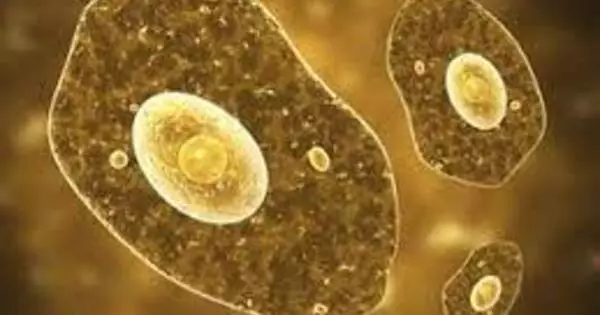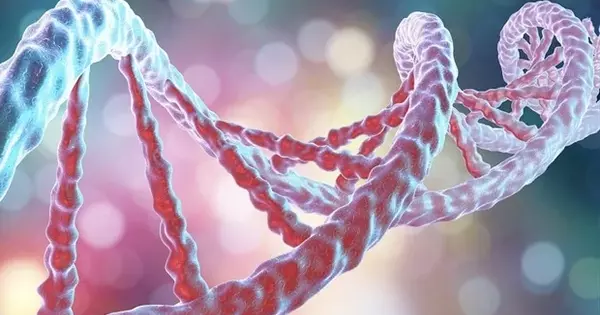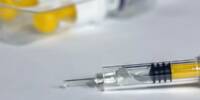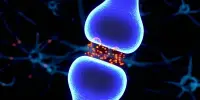Microbes enlisted to carry tiny loads travel faster with cargo attached than on their own. That’s the surprising finding of a study of the carrying capacity of single-cell amoebas. The microbes serve as prototypes of microscopic “trucks” for delivering drugs to precisely target disease inside the human body or moving material for minuscule construction projects.
Researchers tested the cargo capacity of the amoeba Dictyostelium discoideum with styrene balls ranging in size from 10 microns, roughly as big as a red blood cell, up to 90 microns. The balls spontaneously stuck to the backs of the microbes, which are themselves only about 10 microns across.
On their own, the amoebas meander about. With a small styrene ball stuck to them, they move faster, the researchers report in a study to appear in Physical Review Applied. The team can’t say precisely what the optimum carrying capacity of the amoebas is, but they achieved their highest speeds with cargo between 30 and 60 microns in diameter — an impressive load for the tiny microbes.
In the end, this will not be done with Dictyostelium cells but with amoeboid cells that are intrinsically present in the human body. These results are insightful. It would be interesting to see how they may change if the particle properties change.
Bahareh Behkam
“To us this was surprising,” says biophysicist Carsten Beta of the University of Potsdam in Germany. The researchers’ intuition was that the microbes would move more slowly with cargo than without, “and that their spreading efficiency would [continuously] decrease with increasing cargo size,” he says.
Beta and his team also found that the microbes moved the balls along in bursts that increased in length for increasingly large balls. But the larger the ball, the less frequently the amoebas moved it at all. This combination of effects ensures that there’s a sweet spot that will be best for cellular trucks, as Beta calls them, with comparatively large steps occurring frequently enough to speed the trucks on their way to dropping off medicine or microscopic building materials.
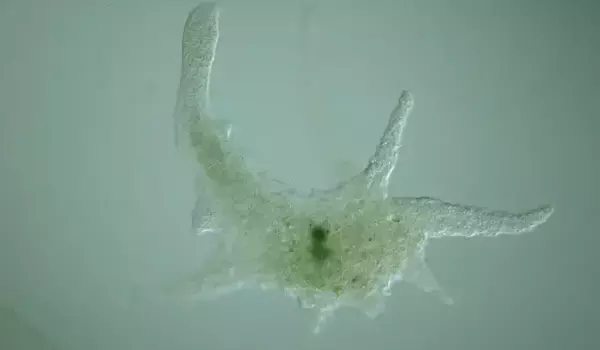
“In the end, this will not be done with Dictyostelium cells but with amoeboid cells that are intrinsically present in the human body,” such as white blood cells, Beta says. Meanwhile, the amoebas make handy laboratory analogs.
“These results are insightful,” says Virginia Tech mechanical engineer Bahareh Behkam, who studies cell-based microrobots but was not part of the study. “It would be interesting to see how they may change if the particle properties change.”
That’s what Beta hopes to do next by investigating how the microbes fare carrying shapes other than spheres. He also plans to direct the amoebas’ motions, perhaps by luring them with chemical trails, rather than letting them wander about at random. Both issues will be important for making sure useful cargo ends up in the right places.
“Biohybrid systems, such as the one described in this work … will be safe, intelligent and can act as cellular surgeons accessing the currently inaccessible areas of the human body safely and facilitating targeted therapy,” Behkam says.
